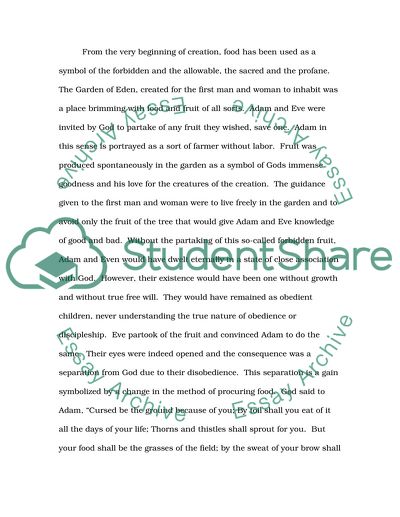Cite this document
(The Use of Food as Symbol in the Pentateuch Case Study, n.d.)
The Use of Food as Symbol in the Pentateuch Case Study. Retrieved from https://studentshare.org/history/1563312-food-in-the-pentateuch
The Use of Food as Symbol in the Pentateuch Case Study. Retrieved from https://studentshare.org/history/1563312-food-in-the-pentateuch
(The Use of Food As Symbol in the Pentateuch Case Study)
The Use of Food As Symbol in the Pentateuch Case Study. https://studentshare.org/history/1563312-food-in-the-pentateuch.
The Use of Food As Symbol in the Pentateuch Case Study. https://studentshare.org/history/1563312-food-in-the-pentateuch.
“The Use of Food As Symbol in the Pentateuch Case Study”. https://studentshare.org/history/1563312-food-in-the-pentateuch.


